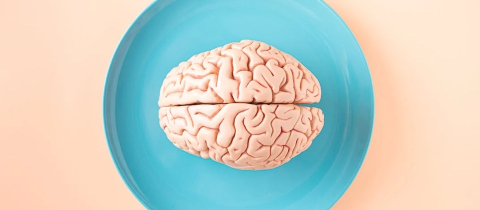The state of California is planning to ban brominated vegetable oil (BVO), potassium bromate, propylparaben and Red Dye No. 3 from use in foods by 2027. BVO prevents citrus oils from separating in beverages, but has mostly been phased out because of concerns that it interferes with thyroid function. Potassium bromate is used by bakers to make dough springier and to promote rising, but is a suspected carcinogen based on rat feeding studies. Propylparaben is a preservative added to some foods and cosmetics and concerns have been raised about its hormone-like effects. Red Dye No.3 was banned in cosmetics in the US after it was found to cause cancer in rats but curiously is still allowed in food both in Canada and the US. None of these four additives are allowed in Europe and potassium bromate is banned in Canada.
I have no issue with banning BVO or potassium bromate even though in the latter case it is converted to innocuous potassium bromide during baking, leaving only trace residues of bromate. While I’m not convinced that thyroid tumours in rats fed huge doses of Red dye No.3, also known as erythrosine, translate to a risk for humans, I generally oppose the use of food dyes. They serve no nutritional purpose and make junk food more appealing to children. Their health risk may be small, but their benefit is zero, making for a very poor risk-benefit ratio. That, however, is not the case for propylparaben, a preservative. Here we have to weigh its ability to prevent the growth of potentially disease-causing molds, fungi and bacteria against its purported endocrine-disrupting effects.
Parabens constitute a family of compounds that have been used as preservatives in cosmetics and food since the 1920s. They have broad antimicrobial properties even at very low concentrations and rarely produce allergic reactions. Concern about these compounds emerged in the 1990s with observations of irregular development of the uterus in rats exposed parabens. This suggested that these compounds have the ability to bind to special proteins in cells called estrogen receptors and thereby can interfere with hormonal activity. Such interference is a legitimate concern since some breast tumours are “estrogen receptor positive” meaning that they grow because their cells have receptors, which are special proteins, that can bind with estrogen. The result may be an irregular multiplication of cells, in other words, cancer.
However, often left out of the discussion is that the potency of parabens to bind to receptors in the rat uterus was some 100,000 times less than that of estradiol produced naturally in the body and that we live in a world that is replete with “phytoestrogens,” compounds found in plants that have estrogenic activity. In this category are isoflavones in soy, lignans in flax, resveratrol in red wine, and coumestrol in spinach and alfalfa sprouts. Phytoestrogens, albeit in small amounts can be detected in virtually all fruits, vegetables and legumes and estrogenic activity is not necessarily bad. Phytoestrogens in soy, for example, can bind to estrogen receptors without triggering any activity and at the same time prevent the body’s natural estrogen, beta estradiol, from binding. This is desirable in the case of estrogen receptor positive cancers.
The pot was further stirred in 2004 when Dr. Philippa Darbre at the University of Reading found parabens in breast tumours of a small group of twenty women. She did not test healthy women to see if they also had these compounds in their body. Subsequent experiments revealed that due to the widespread use of parabens, most people are likely to have some in their tissues. Darbre never claimed that parabens were responsible for the tumours, but many press reports made that leap. While she has not absolved parabens of all blame, Dr. Darbre has gone on record saying that there are hundreds of estrogenic chemicals in the environment, both natural and synthetic, making the singling out of one set of such substances as a guilty party for affecting human health is unrealistic.
In spite of its methodological flaws, Dr. Darbre’s paper has been frequently referenced with allusions to a cause and effect relationship, one that it certainly did not establish. No study since then has provided any evidence that parabens cause cancer. The International Agency for Research on Cancer, not known for sweeping any hint of carcinogenicity under the carpet, does not even list parabens as a “possible human carcinogen,” a group in which it lists some 200 substances.
In summary, there is no evidence that parabens can cause cancer, and their weak estrogenic effects, in light of all the estrogenic compounds to which we are exposed, are unlikely to be of any consequence.







